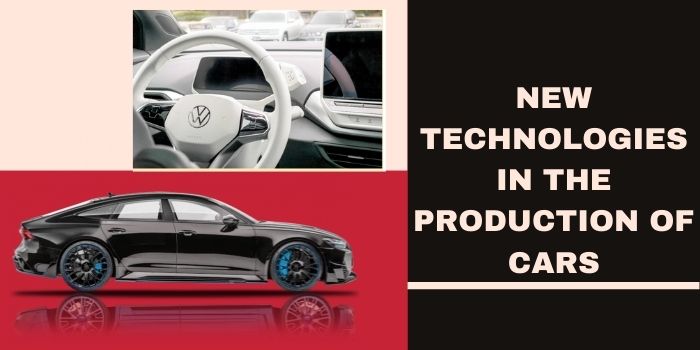
There is an opinion that every few minutes three people on the planet come up with new technologies in the production of cars. Some do not even think about it, others decide that it is too complicated and unattainable, and others take it and bring it to fruition. It is thanks to such “thirds” that new technologies appear in the world, and great discoveries are made.
In the automotive industry, innovation is a must. World manufacturers are trying to make their products more qualitative, exclusive. Cars are becoming faster, more powerful, lighter, safer, and “smarter”. What’s more, today you don’t even have to buy a car to appreciate all the new features. You can easily rent the car of your dreams or even lease an Audi in Dubai. Today, in order to test all the novelties and modern features, it is not necessary to buy a car or go to the showroom. Prices for rental cars will pleasantly surprise you and the range of rental fleet includes all the latest car models, from executive cars to hypercars.
In recent years, most innovations, in one way or another, are aimed at the greatest economy and environmental safety. Gradually, hybrid cars are becoming more and more popular. These cars use two types of energy sources to operate. These are, more often than not, the usual internal combustion engine and an electric motor, or an engine that runs on compressed air. The invention of this type of car allowed for significant economic efficiency. These all improvements and innovations are for the better future of customer experience in automobile industry. The latter was achieved by installing a fuel engine with less power, its complete idling, as well as less refueling and, as a consequence, the loss of time at the gas stations. The same features of hybrid cars cause their greater environmental friendliness compared to conventional cars – less harmful emissions, less need for a new battery, and disposal of the old one than in electric cars.
But in addition to innovations in energy sources, new materials for car parts are being actively developed. Thus, the American company Ford is developing the latest bioplastic, 100% consisting of plant components, namely – from the fibers of tomato peels leftover from the production of tomato ketchup. For this purpose, the car manufacturers plan to formalize an agreement with the ketchup company Heinz. The latter, in turn, process about two million tons of tomatoes per year for their products. Representatives of Ford said that they intend to make from the new plastic trim parts and fasteners for the wires. It is worth noting that to date, the car company already uses vegetable materials in its production, such as rice husks and coconut shells.
The Japanese manufacturers of Mazda cars are also working on the production of a new type of plastic on the basis of plant raw materials. The basic idea is that body parts made of this plastic will not need additional enamel coating. Parts made from the original painted plastic material have a deep and persistent color and a completely mirror-like surface. In addition, scratches on such material will be practically invisible. The novelty is planned to start used for the latest Mazda MX-5 model.
German specialists of BMW also do not lag behind and offer to use for the production of body parts paper waste. As an example, they have demonstrated an experimental part of the hood, made of three-layer material, where the outer layers are composite material, and the inner layer is made of pressed cardboard. Manufacturing car parts out of the proposed material would not only be a solution to the issue of lightweight and cost-effective construction, but it would also have a beneficial effect on waste management and pedestrian safety – a much lighter structure in a collision would cause less injury than the one currently in use.
Conclusion
Technology has led to significant improvements in all areas of our lives, including communication, education, health care, and transportation. When we look at the impact of technology on the automobile industry, it is clear that we are living in an era of significant change. The cars of the future will be more powerful than we imagine, thanks to artificial intelligence and other technological advances. They will make our lives easier, keep us safe on the road, and give us a pleasant driving experience.






